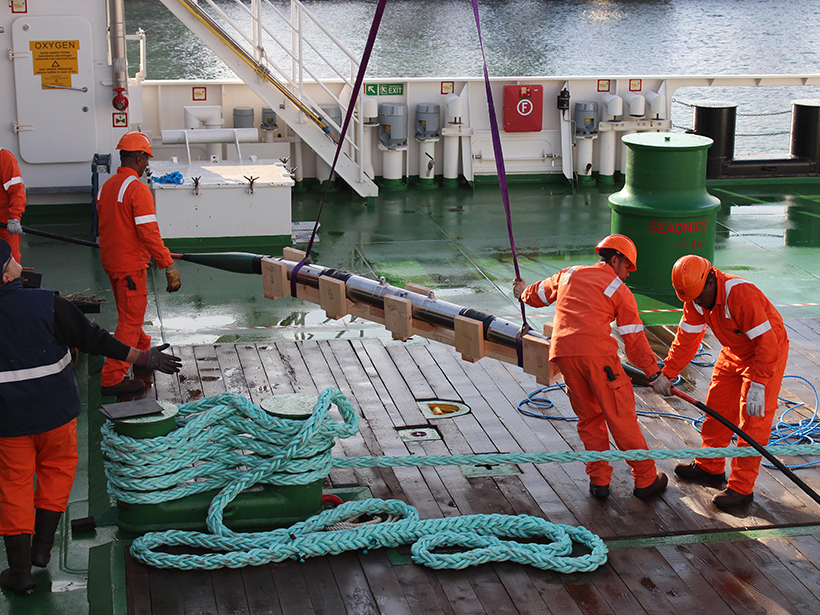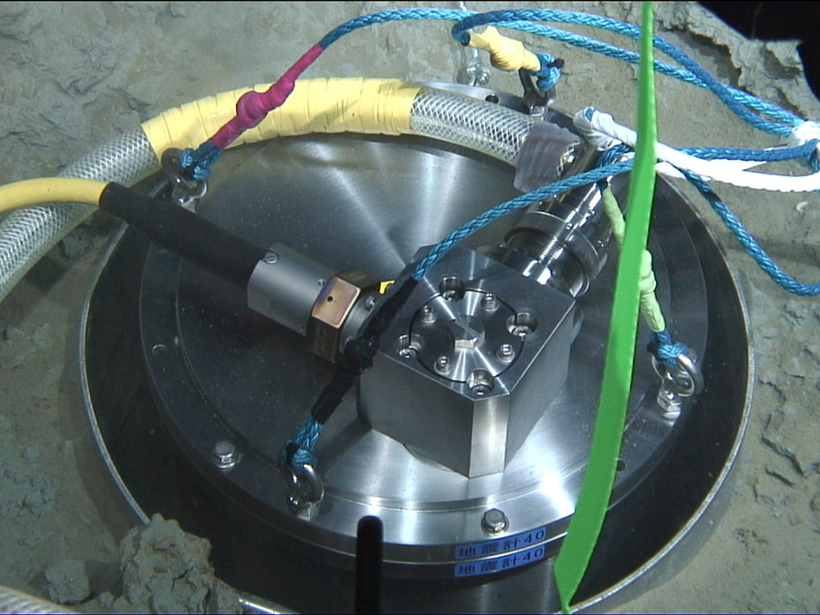New research suggests that release of methane from seafloor hydrates was much slower than hypothesized during a period of rapid global warming about 56 million years ago.
seafloor
What Steers Antarctica's Largest Current?
Scientists have observed that pressure from current-seafloor encounters drives the direction of the massive Antarctic Circumpolar Current in the Southern Ocean.
Submarine Cable Systems for Future Societal Needs
5th Workshop on SMART Cable Systems: Latest Developments and Designing the Wet Demonstrator Project; Dubai, United Arab Emirates, 17–18 April 2016
The Fate of Hydrocarbons Seeping from the Ocean Floor
Researchers investigate the properties of bubbles at deep-ocean oil seeps to improve oil spill models.
Ocean Floor Networks Capture Low-Frequency Earthquake Event
Last August, stations on a newly deployed permanent ocean floor observation network recorded rarely seen, very low frequency signals from shallow earthquakes.
Undersea Data Tie Slow Fault Slip to Tsunami-Causing Quakes
Slow events might help scientists better understand when and why tsunami-generating earthquakes occur.
Asphalt Volcanoes Erupt in Slow Motion
Natural asphalt seeps on the ocean floor provide a stable home for diverse marine life that sequesters greenhouse gases.
Deep-Sea Microbes Can Leave Records of the Past
Researchers use carbon signatures within sea sediments to identify microbial activity and also to date earthquakes.
Simulating Tidal Flow and Mixing at Steep Submarine Slopes
A new three-dimensional model of tide-driven flow over the continental slope could enhance understanding of global ocean circulation.
Sounding the Northern Seas
A new compilation of underwater terrain provides the most up-to-date mapping of portions of the western Arctic and North Pacific.









